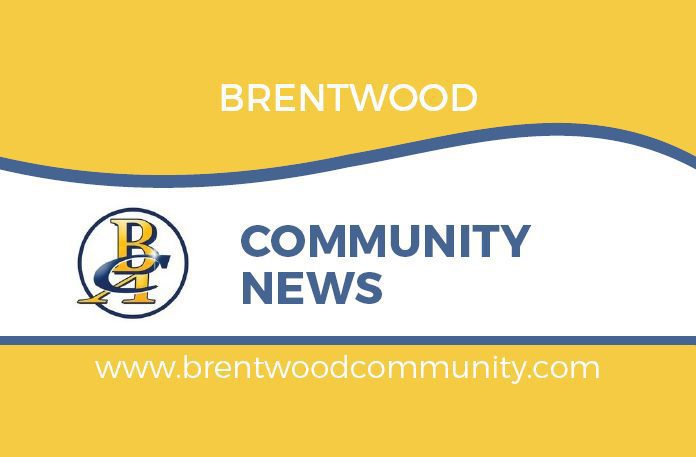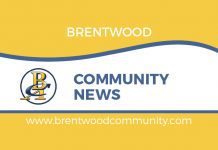What is “Good” Development in Established Communities?
by Melanie Swailes on behalf of the Development and Transportation Committee
It’s happened again: while I was out for a neighbourhood walk, someone told me about a “monster” house (a house that is much larger and taller than other nearby existing homes) that has been approved on their street, and asked how this was allowed to happen. I replied that the Brentwood Community Association (BCA) did submit a response with concerns about the impact of massing and shadowing (plus other factors) on adjacent homes, but that we received no feedback from any neighbours on the street. In addition to the City’s notification sandwich boards, the Development and Transportation Committee (DTC) delivers a Neighbour Notification to the most affected nearby homes for every Discretionary Development Permit received by the BCA. The purpose of the NN is to ensure that neighbours are aware of a proposed development near them and know how to submit their feedback. If no feedback is received, positive or negative, the DTC assumes that neighbours accept the development proposal as submitted. Once construction starts on the project, it’s too late to then go back and suggest that the building is too big or will have windows overlooking another backyard.
The Community Association is a key stakeholder in the City of Calgary’s Planning public engagement process. The BCA is informed by the City of Calgary about Development Permits and Land Use Amendments within our community: we receive a copy of the proposed development, including plans, drawings, or renderings.
We review each application based on Planning rationale and we include feedback from our residents. Does your feedback matter? Yes, to the BCA it does because it helps us to understand how or why you support or oppose a proposed project. To the Planning Department, Council, and City Administration, ideally, yes it does, although the recent blanket rezoning hearings may make you believe otherwise. All I can suggest is that you should continue to voice your opinions where possible because otherwise silence is taken as consent.
Regarding the blanket rezoning, established communities like ours will likely see more changes than other newer areas. As an example, blanket rezoning will have little impact on most Ward 3 communities including Country Hills, Harvest Hills, MacEwan, and Sandstone. Why? As per the Councillor for the area, “…. the probability of redevelopment in Ward 3 is low. These include the fact that our housing stock is new, we have many curvilinear roads without lane access and far fewer perfectly rectangular parcels like you see in the inner-city grid. In addition to this, (Council supported) an amendment that increases the parking requirements for all ward 3 communities. When you increase parking requirements, it effectively downzones the parcel. If you need more parking, you can’t fit as much housing.”
At the end of the blanket rezoning debates, there was a lot of discussion about how changes can happen in a more sensitive and contextual way in established communities. The following is a verbatim summary of the amendments which City Planning staff have been directed to complete. Most of these items are scheduled to be completed by the end of 2024, although the blanket rezoning implementation date is scheduled for August 6, 2024.
Enhance Public Engagement
• Review and enhance The City of Calgary Applicant Outreach Toolkit in collaboration with interested community associations, residents, and industry to improve transparency in community outreach and engagement for development permit applications in R-CG districts, using this process to either create an incentive or requirement for community engagement prior to a formal application submission, with an update to Council by end of 2024 Q3;
• Create a Rowhouse How-to Guide with input from interested community associations, residents, and industry that identifies contextually appropriate design strategies (including but not limited to building height, placement and treatment of windows, air conditioners, waste and recycling bins, and landscaping), with an update to Council by end of 2024 Q4;
• Determine the necessary resources and any associated funding required to fully implement and sustain a Community Planning Planner Liaison program as previously discussed with some inner-city communities and report back to Council no later than the end of 2024 Q3 for any resource and budget requests; and
• Investigate and report back on options to improve the public notification systems and information provided to users through the City’s planning and development information systems (i.e., DMAP, Calgary.ca, etc.), and report back by 2025 Q4.
Rules and Contextual Fit
• Utilize or leverage an existing community and industry working group to mutually seek efficiencies in the development permit process to expedite development permit timelines, while making townhouse and rowhouse development permits more consistent and standardized in RCG areas to create transparency and predictability for applicants and the public;
• Report back annually to Community Development Committee with recommendations to address issues in the Land Use Bylaw, Local Area Planning program, and permit approvals that have arisen from Rezoning for Housing; and
• Consider changes to the Land Use Bylaw, including provisions related to the current R-G, R-CG, and H-GO districts, to address issues related to privacy for adjacent neighbours identified through this report as part of its reporting to Council on the City Building Program.
General Concerns
• Review all City-owned parks and evaluate the appropriate district and include a recommendation to rezone with the implementation of the new Zoning Bylaw (i.e. remove residential zoning from parkland);
• Amend the bylaw to clarify which areas must provide a minimum of 1.0 parking stalls per unit or suite, and those that may provide 0.5 stalls per unit or suite (chart will be available in the confirmed minutes and represented in the bylaw itself); and
• Track Development Permit applications on RCG parcels city-wide to identify areas where increased densification requires infrastructure investment (including but not limited to water, roads, and parks), and bring forward the most appropriate funding tool to ensure growth is supported with proper infrastructure.
If you ever have a chance to provide feedback on a Planning proposal, please do. If you would like to join our Community Association, you are always welcome to do so. A good first step would be to attend the Annual General Meeting at the BCA (Sportsplex building) on September 5 at 7:00 pm, with a meet and greet social following the meeting. This is the perfect chance to hear a summary from each of the BCA’s committees, as well as to talk with community representatives. For more information, contact the office at [email protected] or at 403-284-3477. Thank you.
Click here to the Brentwood Community News home page for the latest Brentwood community updates.











